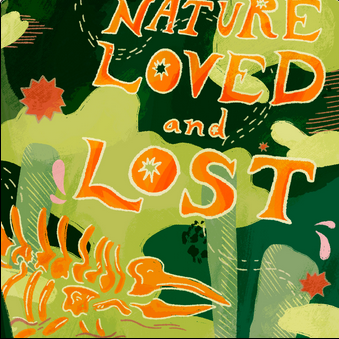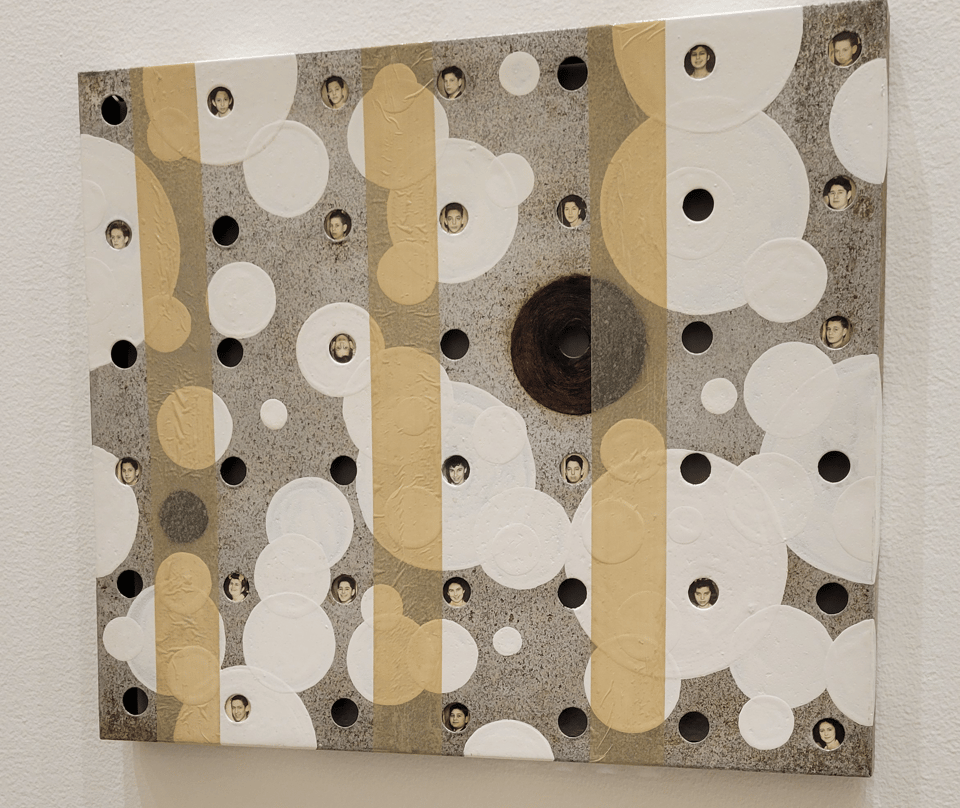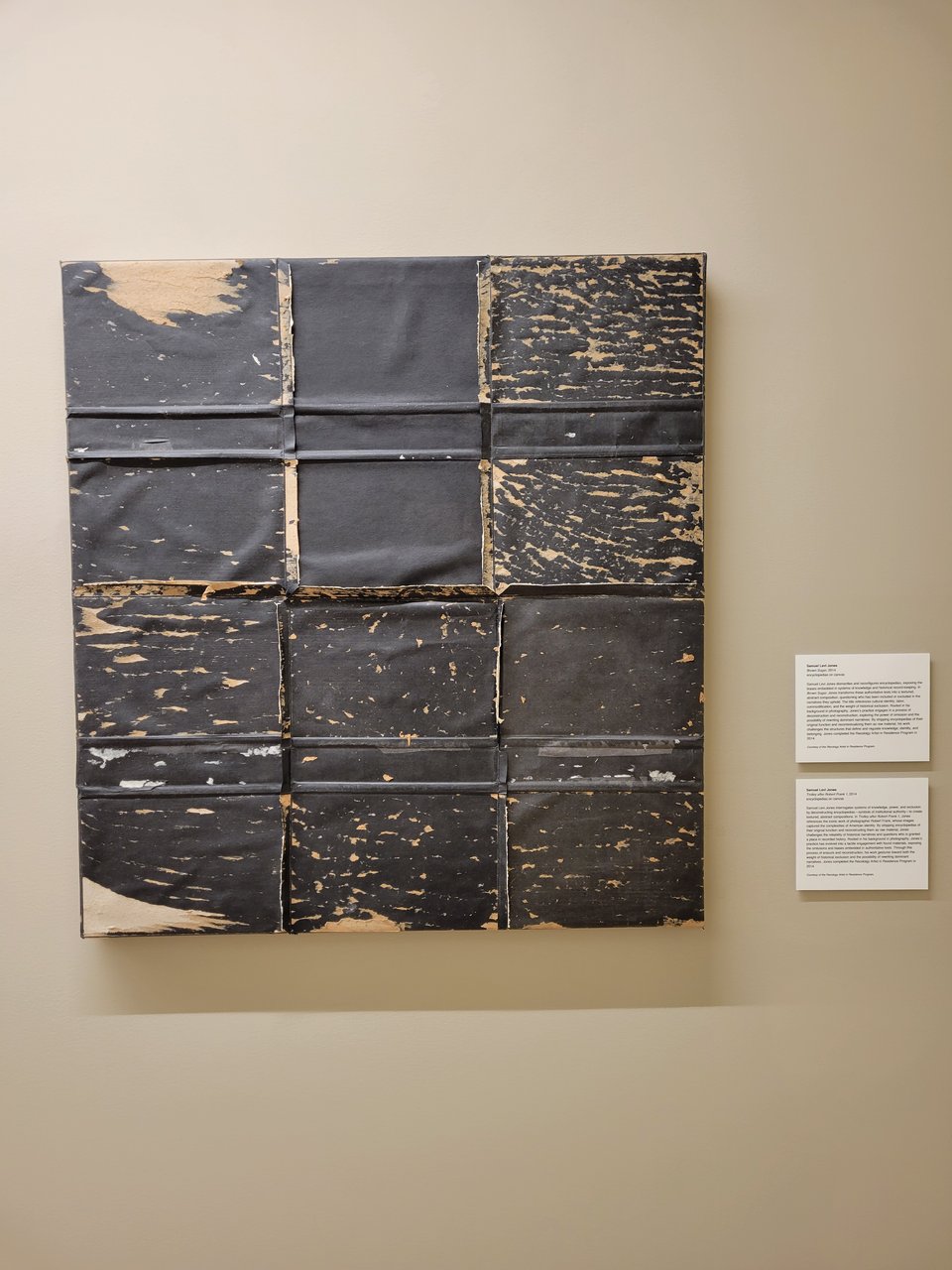Reclaimed materials + Nature loved and lost
Hello! It appears I am currently on a three-week publishing cadence, since life continues to be hectic. Thank you for your patience. As we wrap up Earth Month, I have some environmental-themed things to share with you… 🌎
Nature Loved and Lost is HERE!

The moment we’ve been waiting for! Filter Feeder’s first-ever print volume, Nature Loved and Lost, is now available for digital download and print pre-order. For both options, they are priced along a sliding scale, and all proceeds will be donated to ongoing LA fire relief efforts. Arya has crafted a truly incredible anthology in which I’m grateful to have two illustrations featured!
“I 💖 Pretty Soaps” zine preorders will be mailed out in 1-2 weeks
Sorry I’ve been slow about this! Pre-order a physical copy here, and yours will be included in the first batch of mail.
The Art of Recycling: reflections on the Recology exhibit
As part of SF Climate Week, I stopped by the Mill Building to check out "The Art of Recycling", which showcases artwork from decades of artists in residence at Recology. Taken together these pieces weave a tapestry of commentary on consumption, humanity's relationship with nature, the use of industrial materials and processes, permanence vs ephemerality, memory, and more.

Some of the pieces were made with reclaimed materials, others were not. I was under the impression they all would be, so this was slightly disappointing 😅 Regardless, artists from many walks of life had their work featured.
This is no surprise to any of you, but I believe very strongly in the ability of art to shape people’s views on the world. The stories presented here offered so many angles to the climate crisis, plastic pollution, and biodiversity loss, some in ways I hadn’t deeply considered before. The image shared above feels particularly prescient, as migration and labor are hot-button issues right now. Mendoza’s piece made me contemplate who society views as disposable, and why we’ve even allowed anyone to be perceived as disposable at all.

One of my other favorite pieces was “Brown Sugar” by Samuel Levi Jones. So much of how we are in this climate mess to begin with stems with an inability to respect non-Western sources of truth, namely Indigenous ecological practices and more community-oriented ways of living. This piece makes me think about how many more “encyclopedias” could have been filled with all that wisdom, and how stripped bare of knowledge we are without it.
SF Climate Week was an energizing experience, though admittedly I feel conflicted at any remotely corporate event these days. Still, I met a lot of people working on a wide variety of climate solutions, and it does give me hope that together we can make something happen.
Below are some questions that came to mind throughout the exhibit:
When we're shown very clearly the impact humans have on the environment, why aren't we doing more to alter our behavior and industry?
What is the sociological weight of forgotten materials and their histories?
Who have been included or excluded in the narratives upheld by systems of knowledge and historical record-keeping?
Who are the people left to deal with what is often considered "discarded"? Who do we discard, intentionally or unintentionally?
Inspo / further reading
If you liked my discussion of AI-generated images and its impact on artists, I cannot recommend “In the age of AI, we must protect human creativity as a natural resource” enough. It’s the most thoughtful, nuanced take on this discussion I’ve yet seen.
I recently watched BBC’s Wolf Hall, and I’m still thinking about it. It’s a beautifully crafted, wittily scripted telling of the rise and fall of Thomas Cromwell in Henry VIII’s court. I hope to start reading the source material soon!